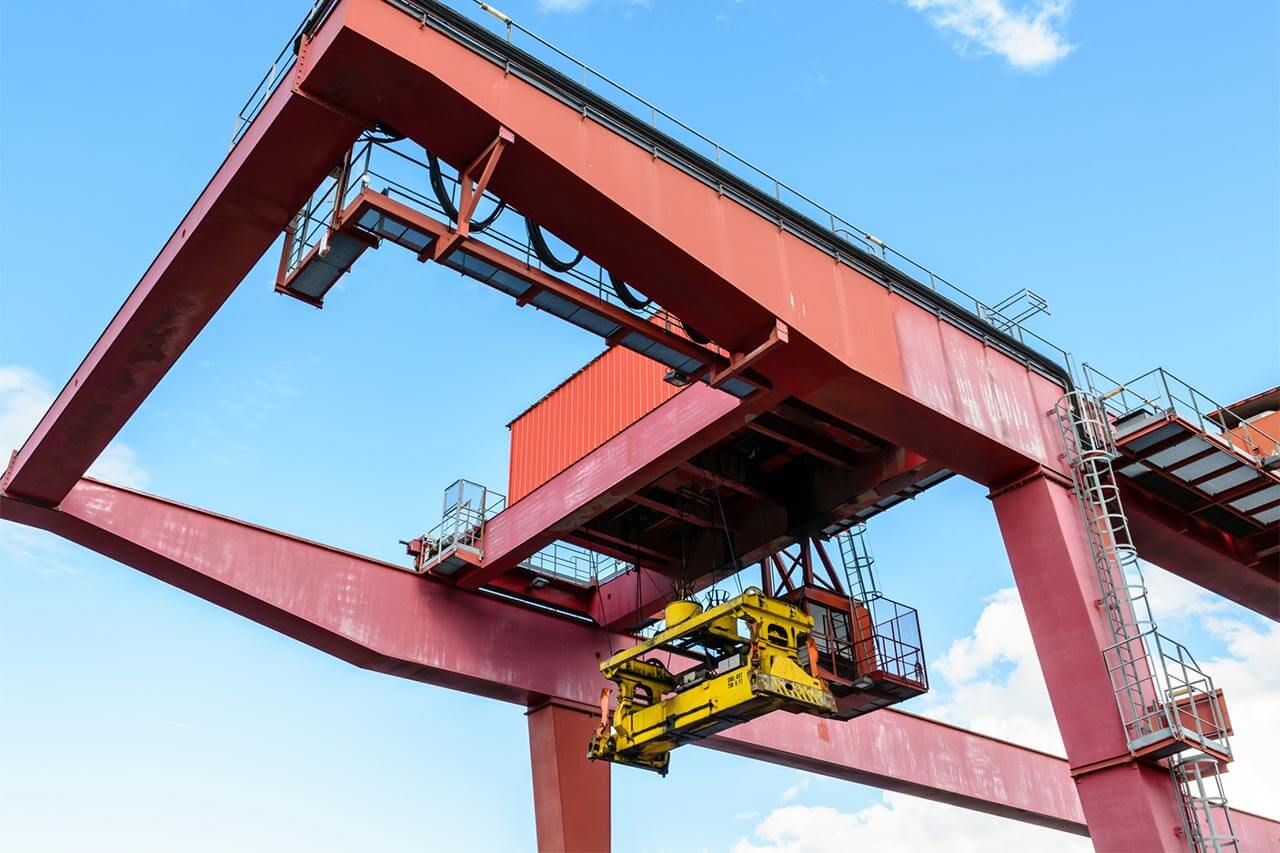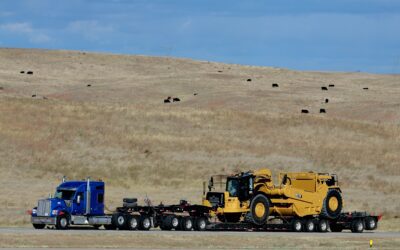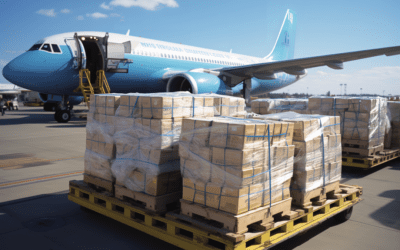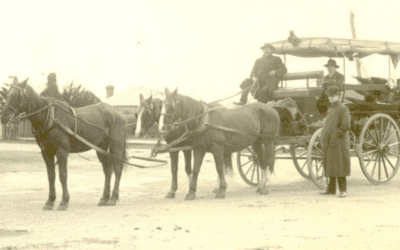As businesses expand, transloading operations can move freight globally. In these scenarios, the most common form of transloading is moving cargo. Usually from a shipping container to a dry van or vice versa. If it sounds like intermodal operations, you’re on the right track. The two concepts go hand in hand, for the most part, but are quite different.
Another related operation to transloading is cross-docking. Cross-docking resembles transloading, but it involves staging a portion of the cargo to ship out with a different load. People often confuse the two processes. However, there is also a process of transloading which can be more of an inconvenience than a benefit. Either faulty equipment or a communication disconnection causes these situations. Read on and you’ll be able to identify all the differences. Such as transloading, intermodal operations, cross-docking, and more.
Article Overview
What is Transloading?
Transloading is the process of moving the cargo within a shipment from one mode of transportation to another. For example, when a Boeing 767 is unloaded at the FedEx Hub in Memphis. These containers are sent to inputs where the boxes are unloaded. Then they are reloaded onto trucks to make the final-mile delivery. The cargo itself is changing modes, not the trailer or container that it is loaded on. Transloading processes allow for the expansion into unique markets. Try to imagine what even domestic shipping would be like if the only service offered was by means of 18 wheels. Port congestion is a common concern. This is after the U.S. had more than 100 cargo ships floating off of the coast of California in 2022. Shipments that aren’t able to clear through customs upon arrival have to be redirected. However, transloaded shipments are able to clear at their port of discharge.
This sped up the delivery process while also reducing costs. There are also transloading companies that offer to pick up your shipment from the port. They then take it to one of their secure transloading facilities. Finally, they load it into a truck for you to pick up for delivery.
Intermodal operations
In intermodal transportation, the trailer/container that the shipment is loaded into gets moved. For example, when a container is taken off of the train and put onto a truck. The container has gone from being a rail container to a truckload. The contents within the shipment are not touched.
If not for intermodal operations, international operations would stop. The number one exporter in the world, China would suffer as well. For their imports, they would lose out on critical parts for items like iPhones. Intermodal operations are made possible through transloading. This allows countries and businesses to have a large reach while at the same time reducing costs.

Cross-docking
Transloading can be confused with cross-docking. Cross-docking occurs when shipping warehouse stations palletize freight on their dock. They are then loaded on a trailer at a later time. For example, transportation managers set specific parameters for the delivery of freight. Not too late, and in this case, not too soon.
Shippers would hold the freight until the delivery date approached, then load and send it out.
Cross-docking is also utilized to merge freight. It can take a load from an LTL shipment to a full truckload. However, it is very important to communicate these changes with your transportation coordinators. This can cause LTL carriers to charge a hefty capacity charge.
By cross-docking, shippers reduce the need to keep large amounts of inventory on hand. Instead, it allows businesses to reallocate their focus on shipping inventory and not managing it. This can also lead to safety measures. Such as keeping the dock as clean and clear as possible. This creates an easier work area for equipment operators to navigate.
Cargo is one of the most targeted sources of theft. With an average of 63 cargo thefts per month, warehouse burglaries are a thorn in the side of logistics. 49% of thefts occur over the weekend from Friday to Sunday. This has high-value consequences. With a decreased amount of inventory on hand, shippers reduce the risk of recurring theft.
Making the right adjustments
Deciding to load freight into a rail container could be cost-effective for your business. Consolidating freight based on its destination can become an efficient way to use resources. For example, there are two trailers with a destination of Phoenix. AZ. One is 25% full and the other is 50% full. It is best to combine these shipments into one trailer for the sake of costs and efficiency.
In some cases, a shipper may send the trailer to the unloading area of the warehouse. The building reprocesses these items inside and sends them back down the chute to the load side. Next, is to carry the load piece by piece from one door to the next at a slower and more time-consuming pace. Regardless, a transload is the one thing that the load side of any shipping operation does not want to hear. While the driver is even less enthusiastic.
Pardon the interruption
The less favorable type of transloading occurs when freight needs to move to another trailer. This can happen due to complications with the trailer or container it was initially loaded on.
Emergency transloading for the Operations Team can be a nightmare. This can happen for several reasons. For example, the freight was loaded into a dry van when it needed to be on an intermodal container. Another scenario could be the driver did a full 7-minute pre-trip and found damage done to the trailer.
Preventative measures
When an empty trailer is sitting in a shipper’s yard, this can cause major problems. The switcher, or “yard dog”, will pull the trailer to the door. They will need to ensure that they do a full inspection of the equipment.
Package handlers often face punishment in the form of a sea of boxes floating down their chutes too many times. This is due to a simple lack of detail orientation from the crew that picks and organizes the yard. A pre-trip isn’t a time-consuming process. However, in the pressure of the moment to get a trailer to the door, any lack of inspection can result in a delay in operations.
So know your business, and what mode of transportation fits your business model. This will allow you to save on costs while maximizing efficiency. It can prevent the occurrence of a last-minute transload that can slow down the shipping process. Transloading can save time, money, and resources and can be a game changer for businesses that are able to use it correctly.






